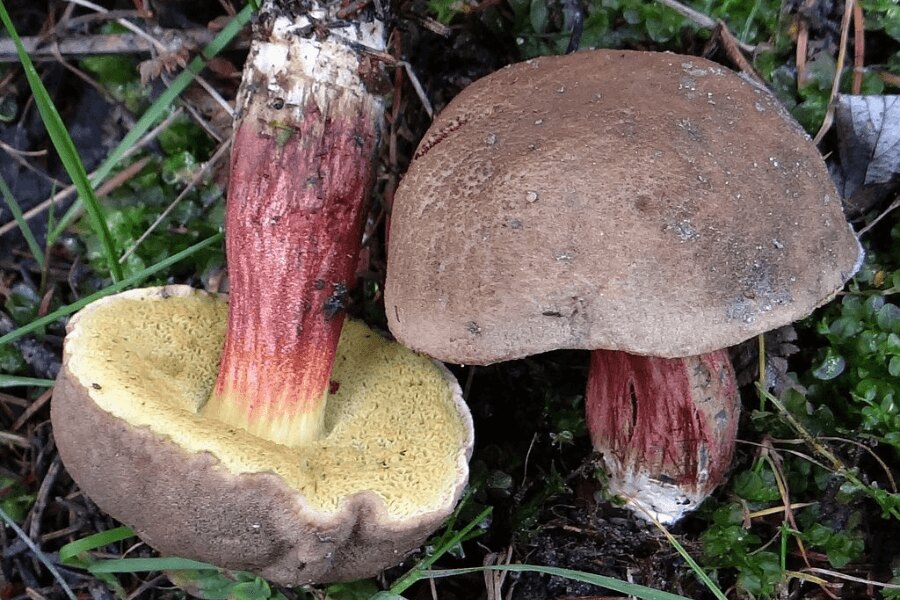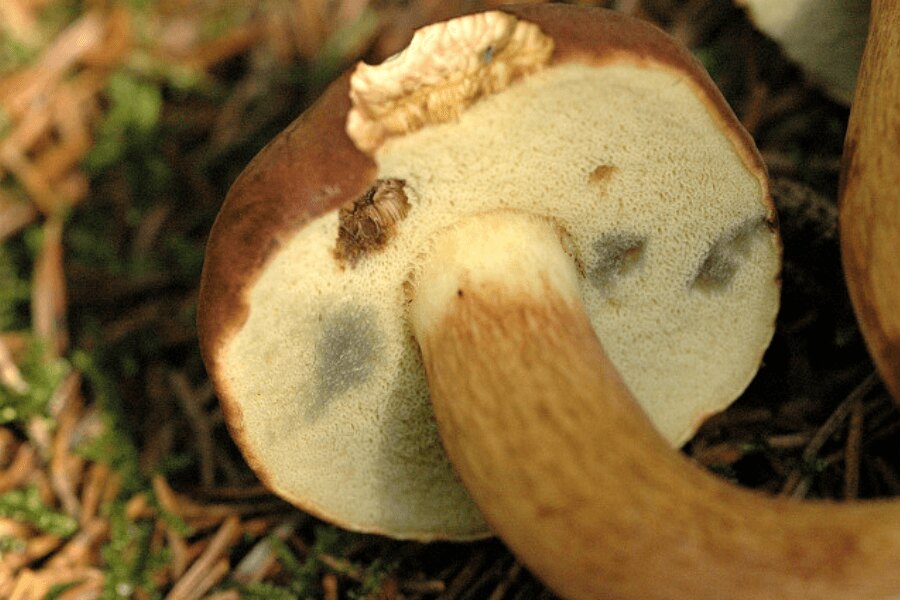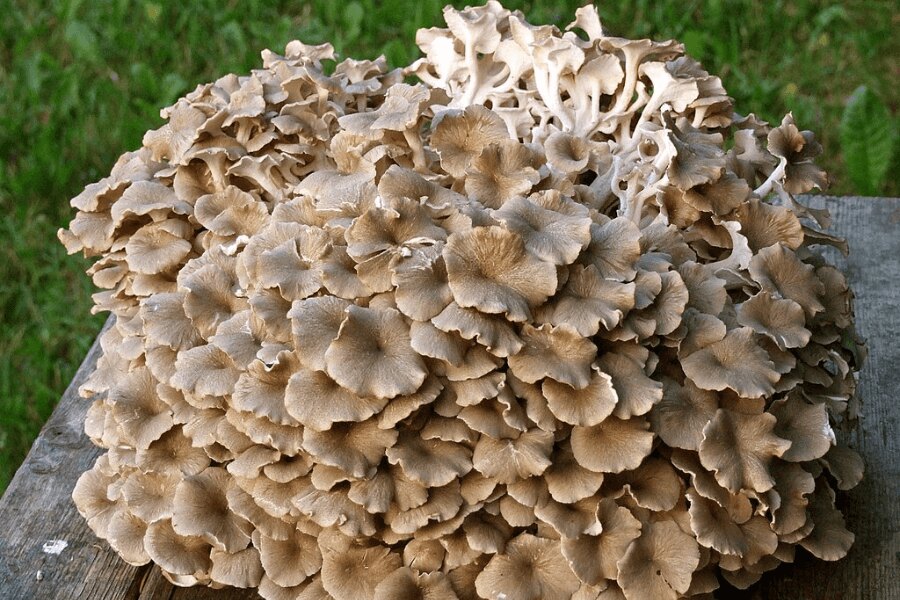Mushrooms in the Czech Republic: which ones are common and which ones are unique?
Every autumn, the hidden (or less hidden) mushroom picker awakens in the average Czech. But how well do you know mushrooms? It is possible that you overlook some species or are afraid to pick them...
What have Czechs been doing to pass time in autumn since time immemorial? Looking out for mushrooms, of course. This year, heat and drought are somewhat hindering our mushroom hunting, but if you are lucky with a good location, you will fill your basket with some nice pieces. However, before you pack your mushroom knife and head out, pay attention.
When collecting mushrooms, it is worth knowing the species you are picking. Some mushroom pickers collect two or three types, others have a much wider repertoire. And that's why in our article we will introduce mushrooms that are common, but we will also show a few unique ones.
1. Porcini mushroom (Boletus edulis)
Spruce mushroom, also known as pravák, smrkáč, or white mushroom, is an absolute classic. As its name suggests, it is found primarily in coniferous forests near spruce trees, occasionally also in mixed and deciduous forests.
The possibilities for its preparation are extensive: it is suitable for sauces, soups, stir-fries, drying, or pickling in vinegar.
You can easily confuse it with the oak bolete, brown bolete, or the unpopular bitter bolete (also known as the bitter bolete) - you can recognize this one by the white to pinkish tubes on the underside of the cap and its bitter taste.

The porcini mushroom is an absolute classic with wide use in the kitchen.
2. Yellow-cracking Bolete (Xerocomus chrysenteron)
You know this mushroom more commonly as "babka." It is a very tasty mushroom, although it has one major disadvantage. And that is its frequent worminess, which makes it unsuitable for drying. It grows mainly in wetter places with less vegetation. In the kitchen, it has versatile uses and immediate processing is definitely recommended.

Yellow-crusted boletus also known as babka. This mushroom is intended for quick consumption and is not suitable for drying.
3. Bay Bolete (Xerocomus badius)
You will encounter this mushroom (often also called suchohřib) quite often. It grows in both coniferous and mixed forests. When cut, someone might be surprised that the flesh slightly turns blue, but this is completely normal.
The advantage of this mushroom is that, unlike the "babky," it does not easily deteriorate. However, it is a welcome food for rodents, and thus, you will often find teeth marks on its cap. The culinary processing is as versatile as that of the aforementioned spruce mushroom.

With the brown mushroom, you may be surprised by the blue staining when cut. But that's okay.
Aspen Bolete (Leccinum aurantiacum)
From the name, it follows that you will often encounter this type of bolete mushroom near aspens. However, this is not a rule. The aspen bolete is one of the most popular types of boletes that grow here. It is suitable for all kitchen preparations and is great for mushroom cutlets.

Have you tried boletus cutlets?
Birch Bolete (Leccinum scabrum)
The birch bolete can be found under birch trees. It can be mistaken, for example, with the aspen bolete. It is recommended to gather young fruiting bodies, as older mushrooms are often infested with insects. In the kitchen, they once again offer versatile possibilities for processing.

Where do you find the birch bolete? Where birches grow.
6. Auricularia auricula-judae
You might know it as judas's ear. It is said that this fungus grew on the tree where Judas hanged himself. It has been an important mushroom in Eastern medicine since ancient times. You can find it on the living or dead branches of elderberry, but it also grows on deciduous trees and other shrubs.
Judas ear can be collected in both fresh and dry forms. When collecting, it is important to avoid fruiting bodies covered with algae. It is suitable for drying; immerse the dried mushroom in boiling water for several minutes before further processing.

Jelly ear fungus might be known to you as Judas' ear.
Common Chanterelle (Cantharellus cibarius)
The older generation of mushroom pickers is more familiar with the fox, sometimes also known as "chicken" or "chick." Why? Until recently, it was almost absent in our forests due to pollution, spraying, and acid rain. However, it is gradually returning to Czech nature.
The fox grows in moss, grass, or bilberry bushes near spruces and pines. It tastes great in cream sauces, soups, or pickled in vinegar. It requires longer heat treatment.

To the joy of mushroom pickers, chanterelles are returning to Czech nature after years.
8. Umbrella polypore (Polyporus umbellatus)
The fruiting bodies of this polypore can be almost half a meter long. The usual length is 10-40 centimeters. The polypore is relatively rare. Although its name supposedly means "pig excrement" in Chinese, it is very popular in traditional Chinese medicine for its positive health effects.

Polypore is relatively rare, but in Chinese medicine, it is an important mushroom.
It grows from June to October in mixed forests, or near pond dikes, on trunks, or roots of oaks or hornbeams. From a culinary perspective, it is edible and very tasty, however, it is not suitable for drying. A delicacy is the polypore after being pickled in vinegar.
Readers are further interested












































































































































